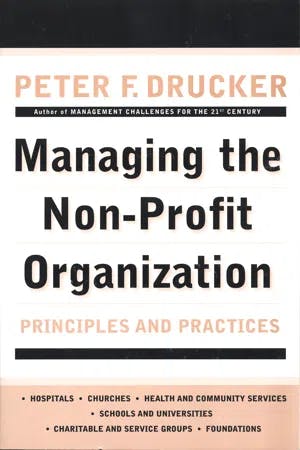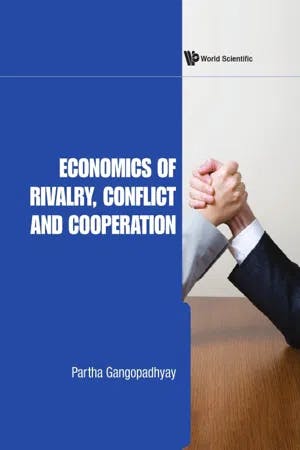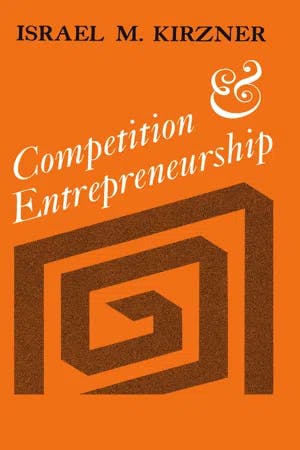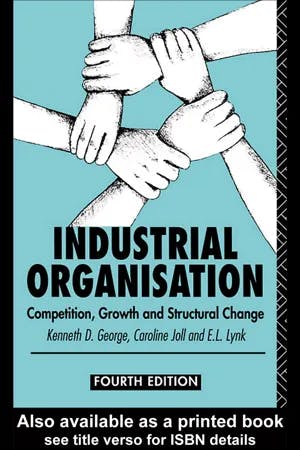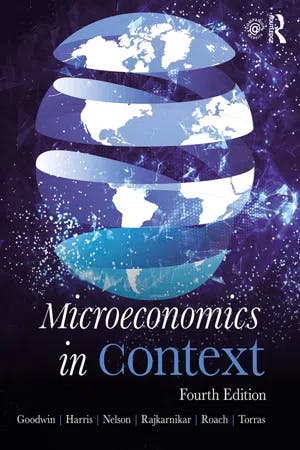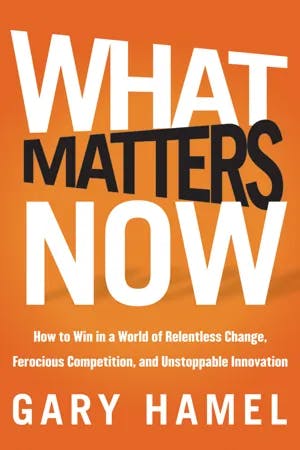Because competition is highly encouraged in markets, legal bodies heavily regulate and monitor market competition. One of the most common ways of monitoring competition is by using metrics and indices such as the Herfindahl-Hirschman Index (HHI). When it comes to regulation, governments will incentivise market competition through subsidies, tax reductions or grants to aid smaller entrepreneurs in their efforts. For example, in 2020, the Spanish government provided $215 million in renewable energy subsidies for green technology innovators to encourage growth and competition in the renewable energy production industry. Non-competitive behaviours are regulated by means of fines and bans that stop firms from taking advantage of their power and behaving unethically. For example, Mastercard, one of the largest global payment processors, was fined €570 million in 2019. Essentially, the multinational was taking advantage of its international power and market share to set extremely high cross-border bank fees. Mastercard’s rules meant that customers were unable to look for substitute payment processors in the market. In turn, Mastercard was fined for power abuse and demonstration of anti-competitive behaviour.
Closing thoughts
Overall, market competition is a simple concept that has significant implications in the way firms interact in markets. Indeed, depending on the characteristics of a market, incumbents will choose to compete on the price, quantity or the quality of their product or service. These interactions will determine the type of market competition that rules a market. Indeed, markets will lie on a spectrum depending on their degree of competition with some of the most common types of market structures being monopolies, oligopolies or perfectly competitive markets. Generally speaking, regulatory bodies will look to encourage competitive behaviours to grasp its benefits including increased innovation and entrepreneurship.
Further reading on Perlego
To find out more about how firms can best compete in different market structures, read The Rule of Three: Surviving and Thriving in Competitive Markets
To read more of Paul Samuelson’s works and economic ideas, read Inside the Economist's Mind: Conversations with Eminent Economists
To read more about competition in small and nascent markets, read Competition Policy for Small Market Economies
To read more about monopolies in real life and how they affect our daily lives, read Monopolies Suck
External sources on market competition
To find out more about the postal delivery service industry in the UK, read UK Parcels Market
To find out more about the elements that intensify market competition, read Porter’s Five Forces
To find out more about Microsoft’s monopolistic position in the operating system industry, read Desktop Operating System Market Share Worldwide


